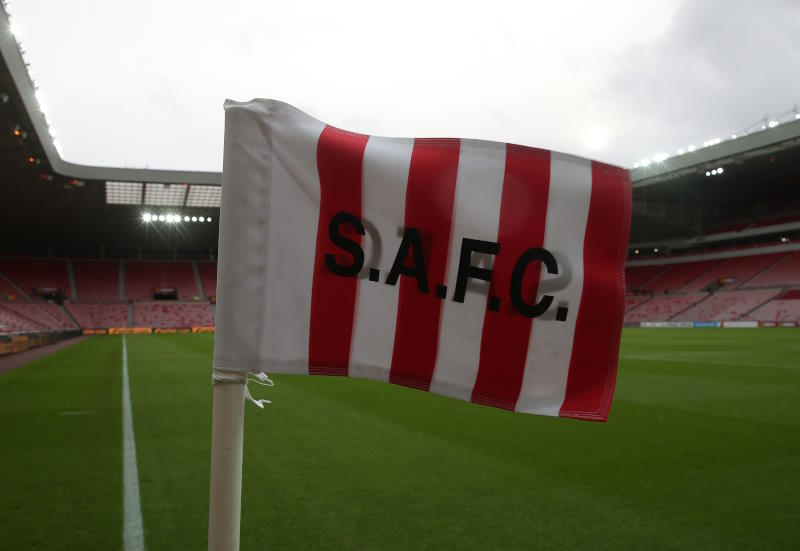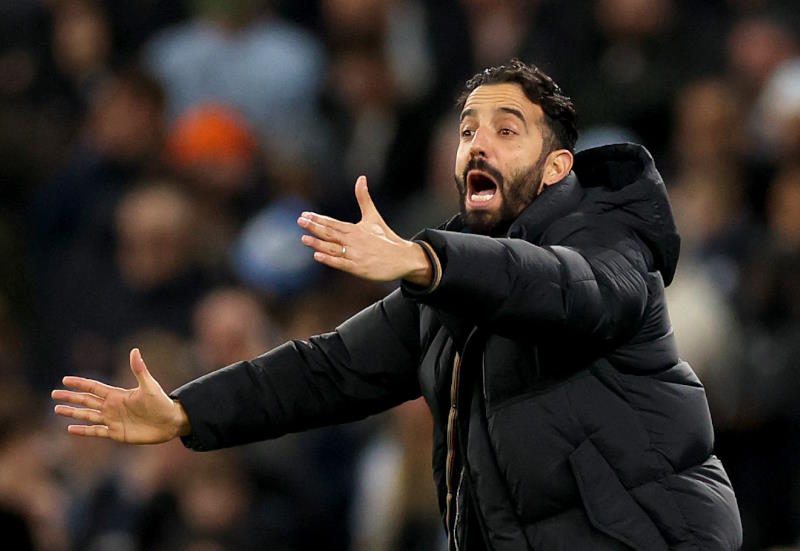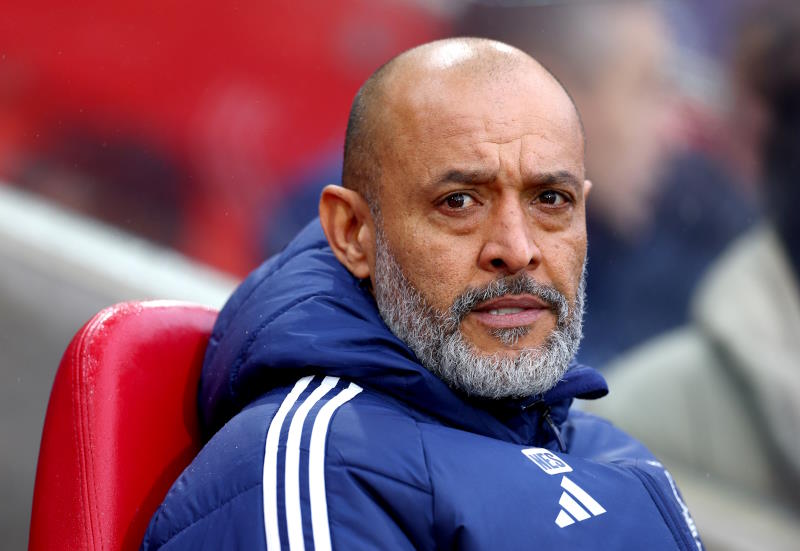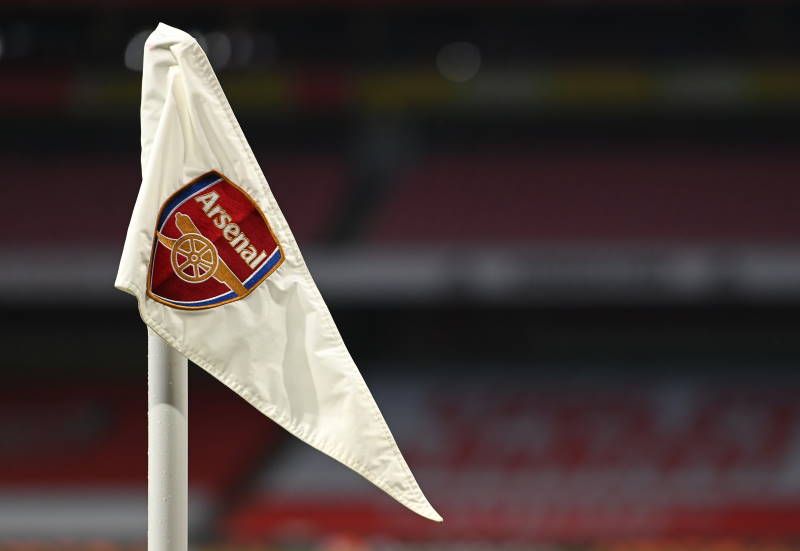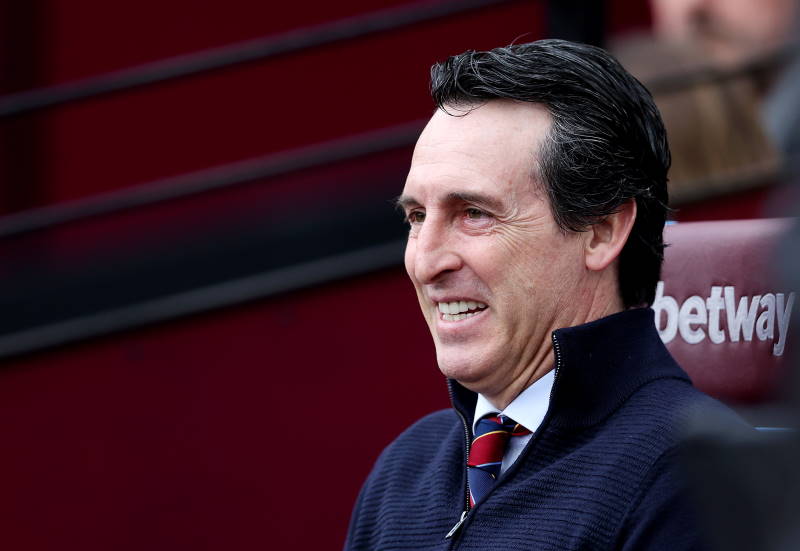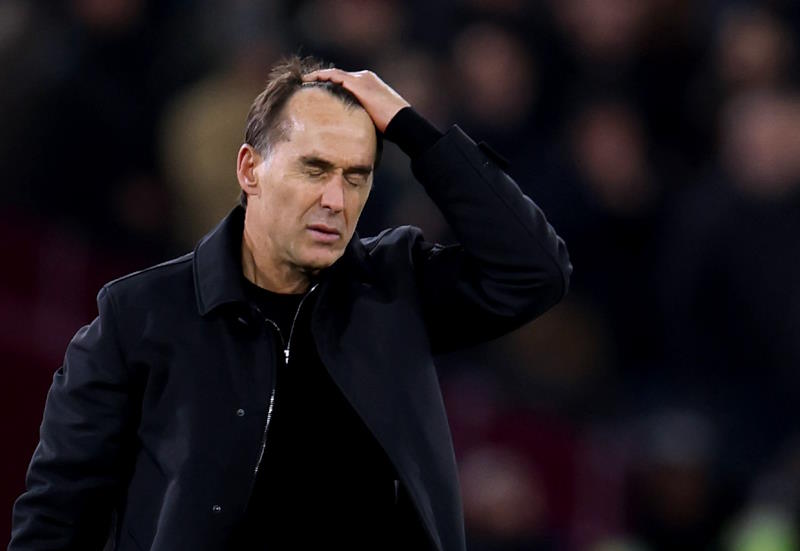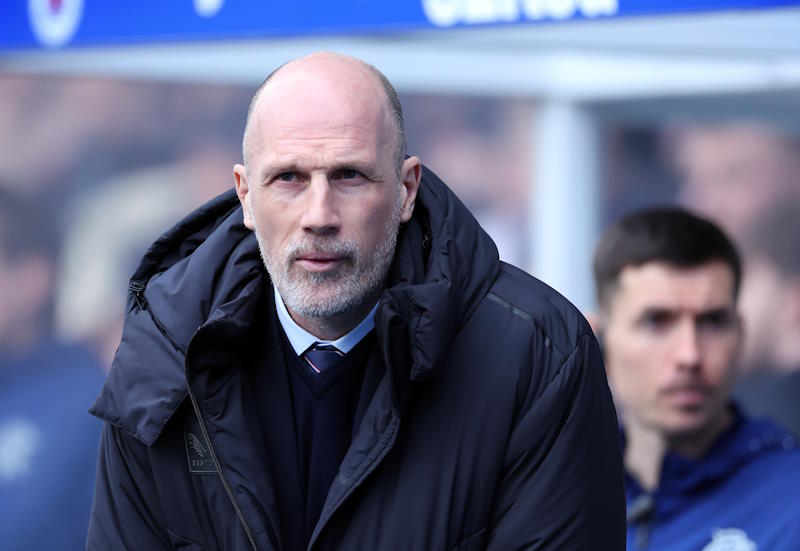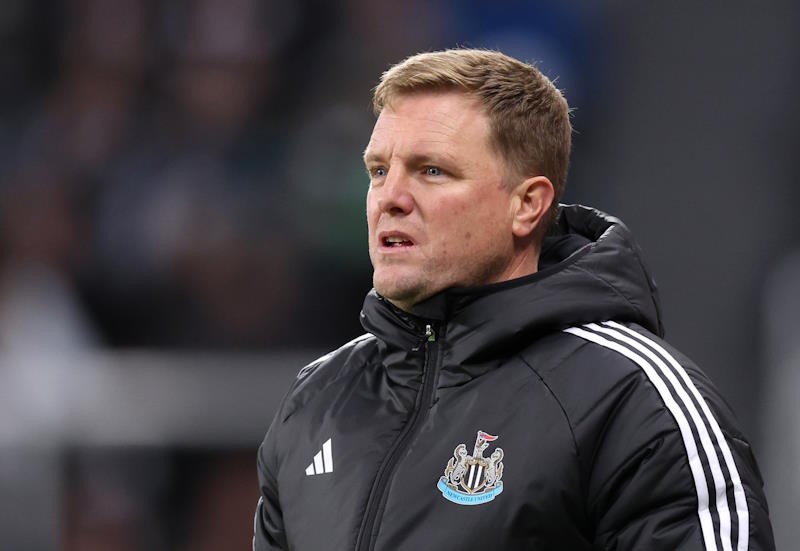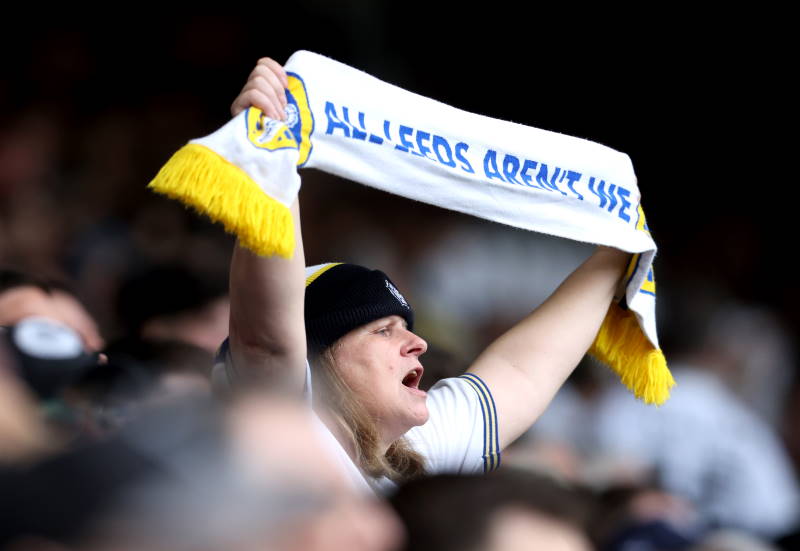
Massimo Parolisi
After a summer transfer window monopolized by Paris Saint-Germain, the final flurry came from Luciano Spalletti’s Zenit St. Petersburg – it all served to show that the fate of world football is now increasingly tied to petrodollars.
In Italy, home to the once world-leading Serie A, this is being keenly felt. The country’s top flight has neither the appeal, nor the financial means, it enjoyed just a few years ago. Currently Serie A sits fourth in UEFA’s rankings, yet 13 years ago it led the list. Now the situation is transformed, with Serie A suffering a technical and infrastructure gap when compared to Spain and England, while it also places behind a resurgent Germany.
Worrying signs point to further slippage, with the late transfer window captures of Brazilian striker Hulk, 26, from FC Porto and 23-year-old Belgian midfielder Axel Witsel by Zenit. The double swoop cost Zenit around €80M. Both players are rated in Europe’s top bracket and ten years ago the chances are they would have landed in Italy with relative ease. Today, the pair are attracted to the wealth which Italian teams cannot grant and prefer countries with less footballing tradition, but more liquidity.
A glance at the top ten summer signings confirms the shift away from the big names of old. Paris Saint-Germain spent more than €130M signing, amongst others, Zlatan Ibrahimovic, Thiago Silva, Lucas Moura and Ezequiel Lavezzi. Manchester City meanwhile, despite splashing out hefty sums over the last few years, were active again, buying Javi Garcia from Benfica for around €20M. The link between the two clubs is the presence of sheikhs at the top, who do not hesitate to provide their managers with a practically unlimited budget – in spite of UEFA’s much-vaunted Financial Fair Play rules.
In Italy, the most expensive transfer of the summer was Mattia Destro (from Siena to Roma for €15M), a fact which reveals instantly the difficulties suffered by Italian clubs in competing with football’s other giants. Juventus know this intimately: within two years, the Binaconeri have lost two of their highest priority targets, with Sergio Aguero joining Manchester City in 2011 and Robin van Persie landing at Manchester United this summer. AC Milan meanwhile struggled to afford to bring Kaka to the San Siro, despite Real Madrid clearly wanting to sell the Brazilian back to the club they bought him off in the summer of 2009.
Now in Italy the debate is around how to arrest a decline which appears, on the face of it, irreversible. A turnaround in the near future looks unlikely, as highly rated players continue to gravitate towards richer leagues and clubs. Indeed, the main path that looks to be open is investing in scouting and developing young talents, following the example so successfully laid down by Udinese. Focusing on unknown players with potential could also bring benefits, as highlighted recently by Torino’s capture of Marko Bakic; 18 years old, with excellent technical ability, a strong physique and great vision, the Montenegrin cost the club just €1.5M, a large amount by the spending habits of Torino president Urbano Cairo. Now the level of attention generated by Bakic appears to grow almost by the hour.
In the short term, such an approach may lead to further decline, but benefits will come in terms of the stability of clubs as their financial situations improve and the strengthening of the Italian national team, which would see an increased talent pool from which to draw. At present, the prospects for Italian club football look bleak, but there is still much quality in the country, especially young talents like Destro, Lorenzo Insigne (Napoli), Alessandro Florenzi (Roma) and Luca Marrone (Juventus). For Italy, firmly homegrown may be a route they are forced to explore.

